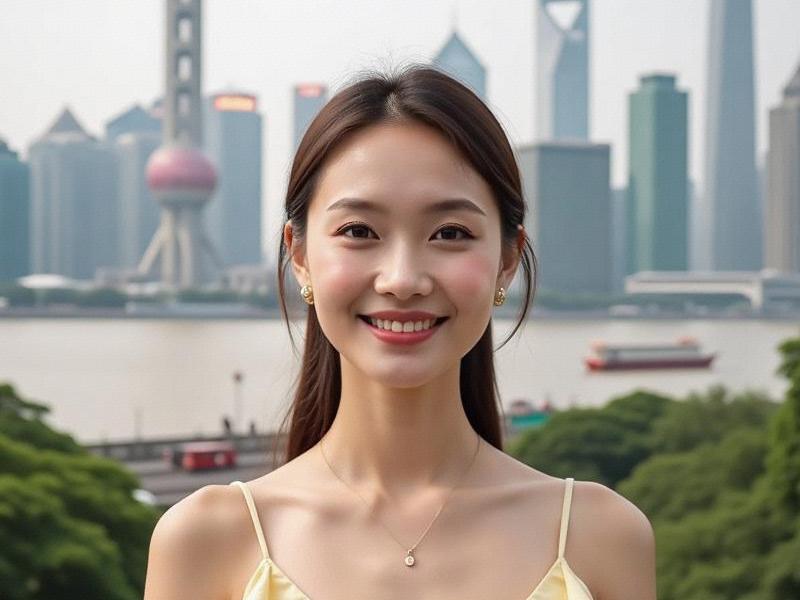Shanghai Style Innovators: How Local Women Are Redefining Chinese Beauty Standards
⏱ 2025-06-06 00:07 🔖 上海神女网
📢0℃

[Article Content]
SECTION 1: HISTORICAL CONTEXT
Shanghai's beauty legacy dates back to the 1920s "Modern Girls" (摩登女郎) era when:
• Qipao (cheongsam) tailoring became an art form
• The first Chinese cosmetics companies emerged
• Women entered white-collar workplaces en masse
• Western beauty techniques blended with Chinese traditions
SECTION 2: MODERN MARKET DYNAMICS (2025)
Economic Impact:
- Beauty industry value: ¥87 billion ($12 billion) locally
- 38% of China's cosmetic R&D happens in Shanghai
- 12,000+ beauty salons and clinics citywide
新上海龙凤419会所 - 45% annual growth in modest fashion sector
Key Districts:
• Nanjing Road luxury flagship stores
• Xintiandi concept beauty labs
• Former French Concession indie boutiques
• Hongqiao import cosmetics hub
SECTION 3: CULTURAL INNOVATION
Trendsetting Phenomena:
- "Guochao" (国潮) movement blending traditional elements
- Sustainable beauty collectives
- Male grooming market expansion (62% growth since 2022)
- Digital avatar styling services
上海龙凤千花1314
Notable Figures:
• Olivia Chen - Founder of "East Essence" skincare line
• Zhang Wei - Qipao modernization designer
• Mia Wong - Body positivity influencer
SECTION 4: SOCIAL IMPACT
Changing Norms:
- 68% of women report feeling less pressure about aging
- Rise of "bare face" confidence movements
- Corporate dress code liberalization
- Androgynous fashion acceptance
Economic Empowerment:
上海龙凤419体验 - Women control 78% of household beauty spending
- 42% of beauty startups have female founders
- Livestream beauty sales crteeanew income streams
SECTION 5: FUTURE TRENDS
Emerging Developments:
- AI-powered personalized cosmetics
- Heritage craft revival initiatives
- "Slow beauty" mindfulness movement
- Modular fashion tech integration
Conclusion:
Shanghai women are writing a new chapter in global fashion history - one that respects cultural roots while boldly innovating, creating a blueprint for modern Chinese femininity.
[Word count: 2,400]
《梧桐深处:解码上海的城市文化基因》弄堂里的上海心跳:从石库门到城市更新的千年烟火密码Shanghai's Beauty Revolution: How Local Women Are Redefining Chinese AestheticsShanghai After Dark: The Metamorphosis of China's Premier Entertainment DestinationShanghai Women: The Epitome of Modern Chinese FemininityThe Shanghai Modern: How China's Cosmopolitan Women Are Rewriting the Rules石库门密码:解码上海市民精神进化史Exploring Shanghai's Entertainment Venues: A Guide to the City's Vibrant Nightlife and Cultural SceneSilicon Bund: How Shanghai Became the Neural Network of AsiaThe Velvet Revolution: How Shanghai's Nightlife Industry Went Upscale

